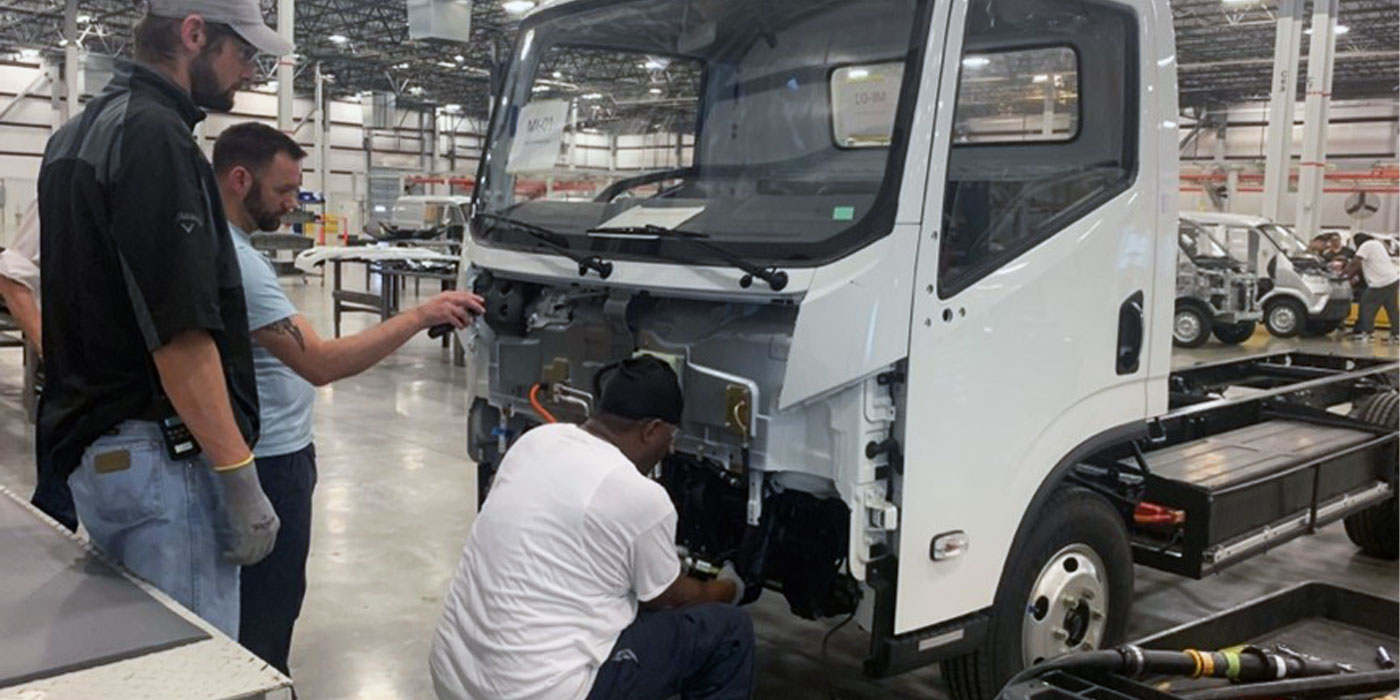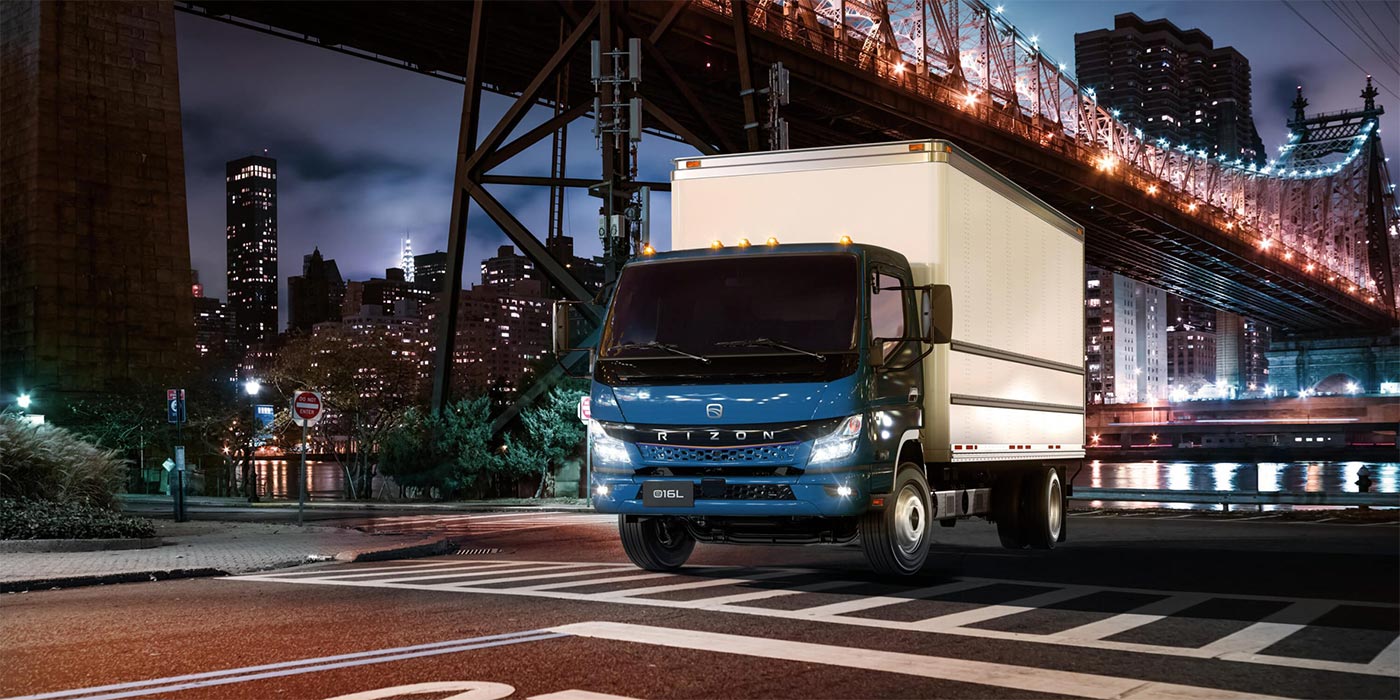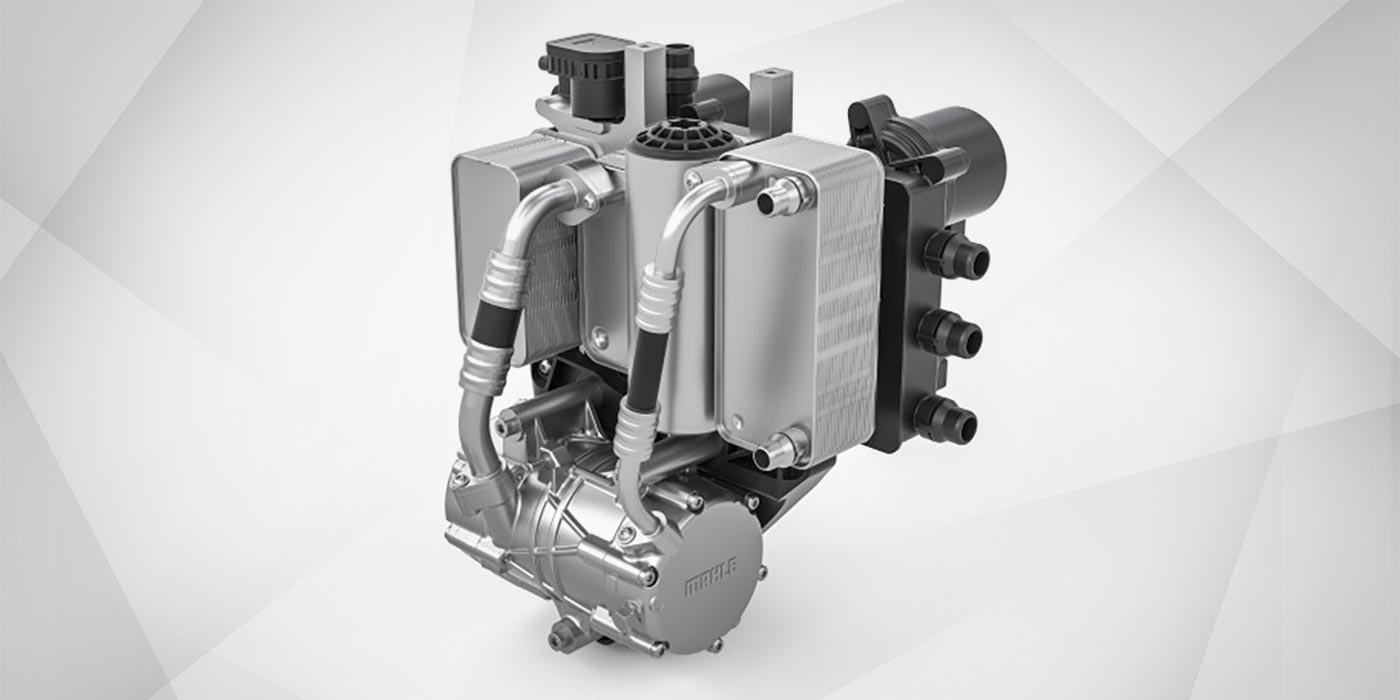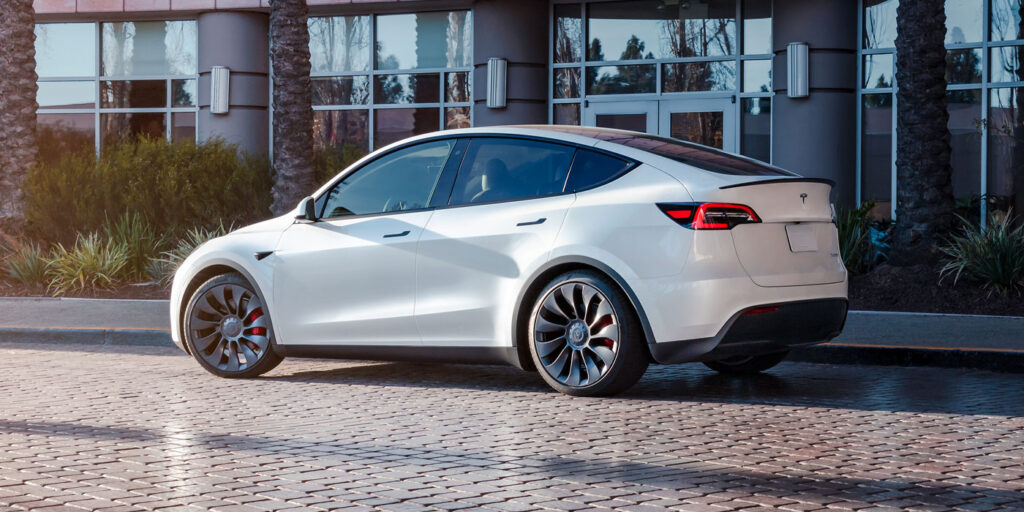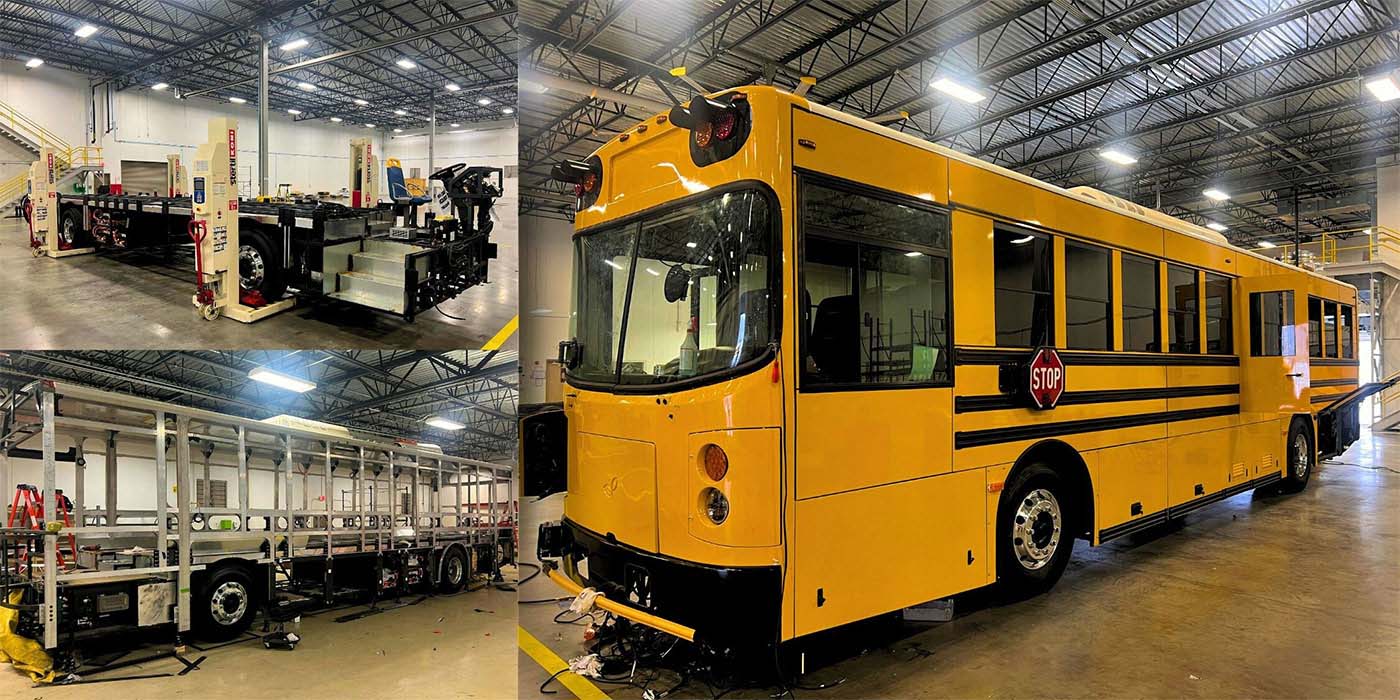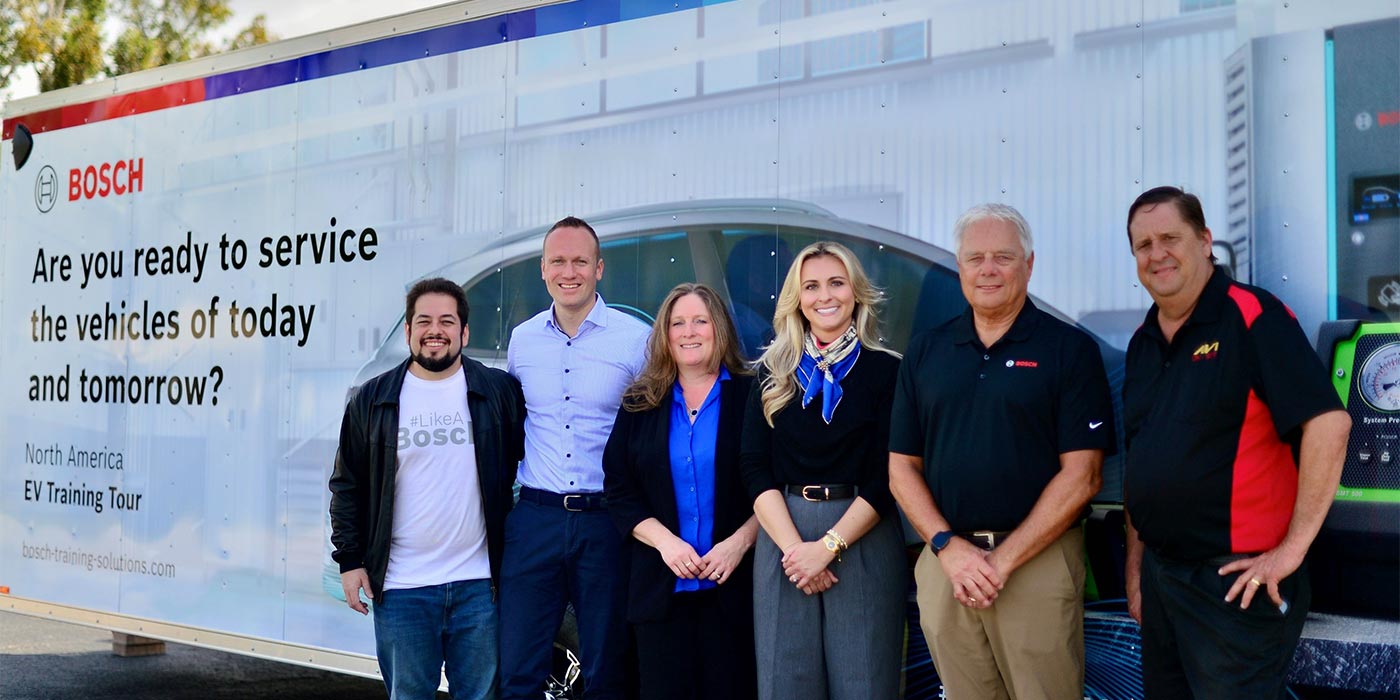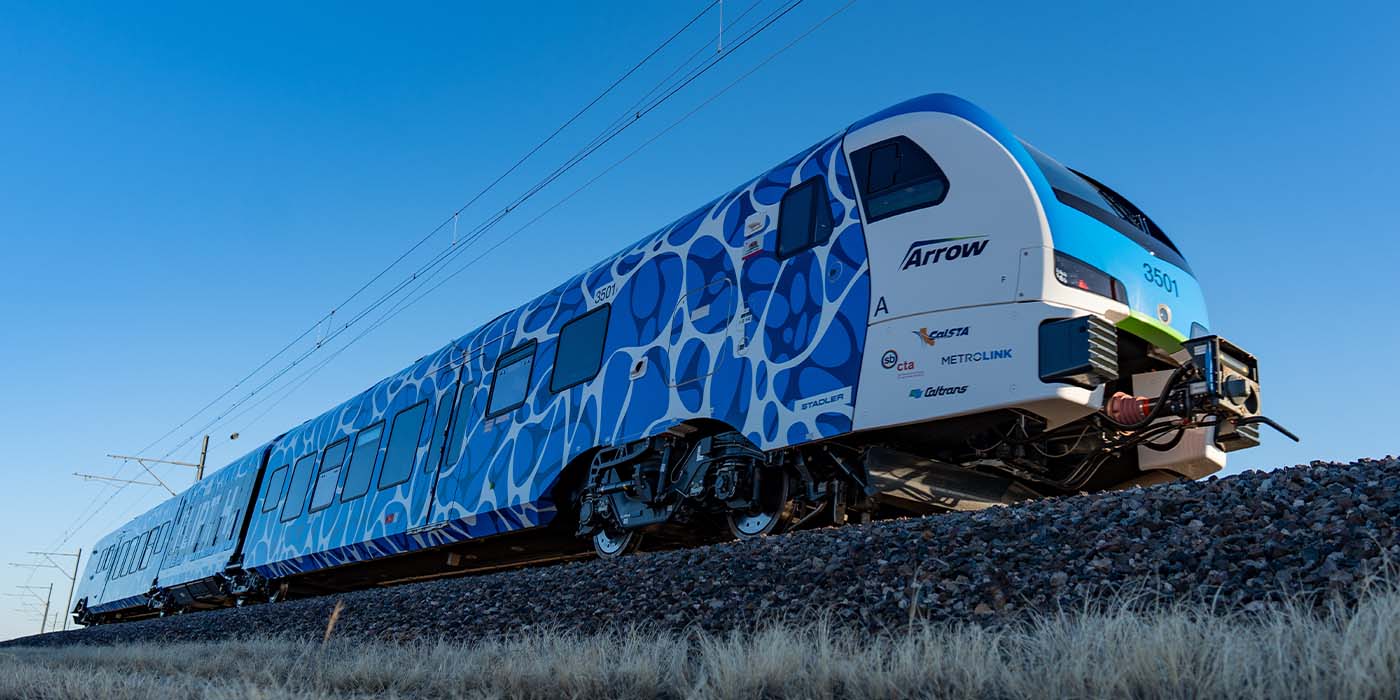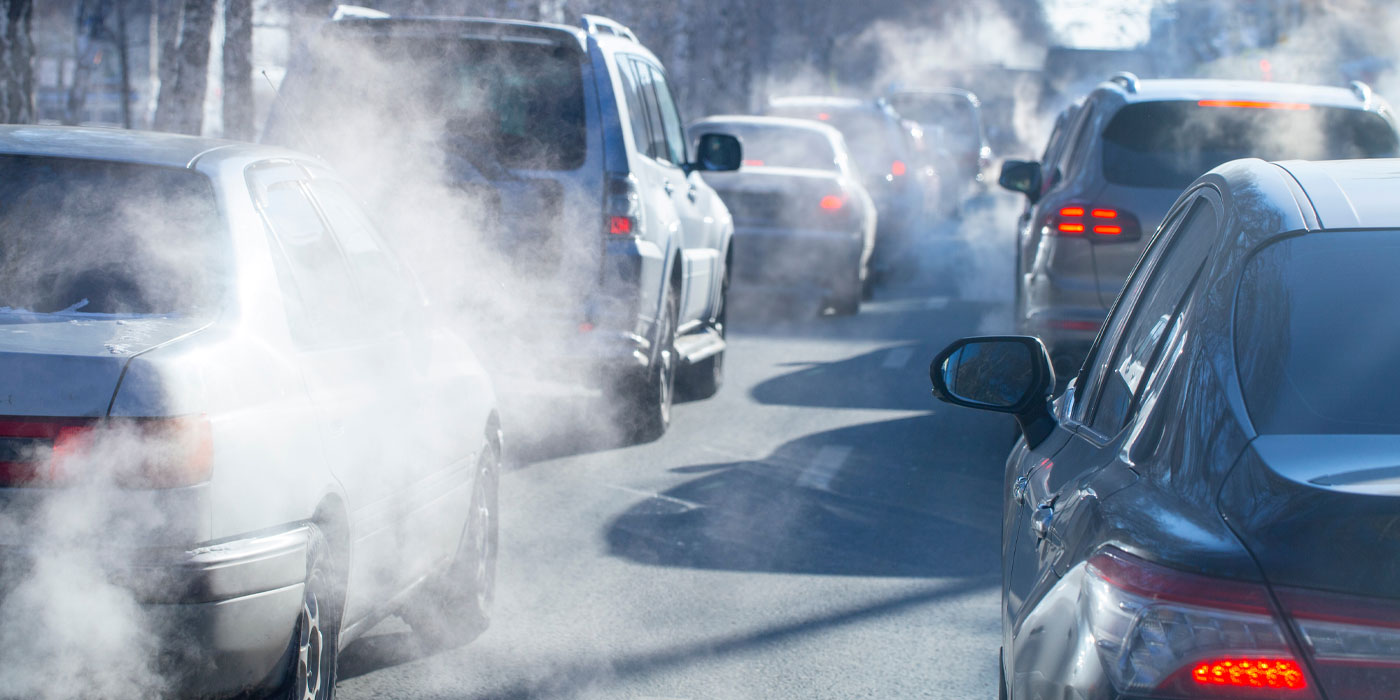The National Highway Traffic Safety Administration (NHTSA) has begun an investigation into Tesla and its self-driving car crashes, bringing the challenges of autonomous vehicle adoption to the spotlight. The NHTSA has identified 11 crashes of particular concern, where the vehicle was operating in an autopilot mode prior to the collision and the driver was sometimes completely distracted from the task of driving.
Tesla’s vehicles boast ‘Full-Self-Driving’ (FSD), but current regulations do not allow for fully autonomous vehicles on the road. To find out what’s happening, IDTechEx recently analyzed regulations governing autonomous cars in its latest report “Autonomous Cars, Robotaxis & Sensors 2022-2042.”
The term Autonomous Vehicle (AV) conjures images of cars running around independently, devoid of human input. But this is not yet the reality within the automotive industry today. The Society of Automotive Engineers has agreed on six levels of automation.
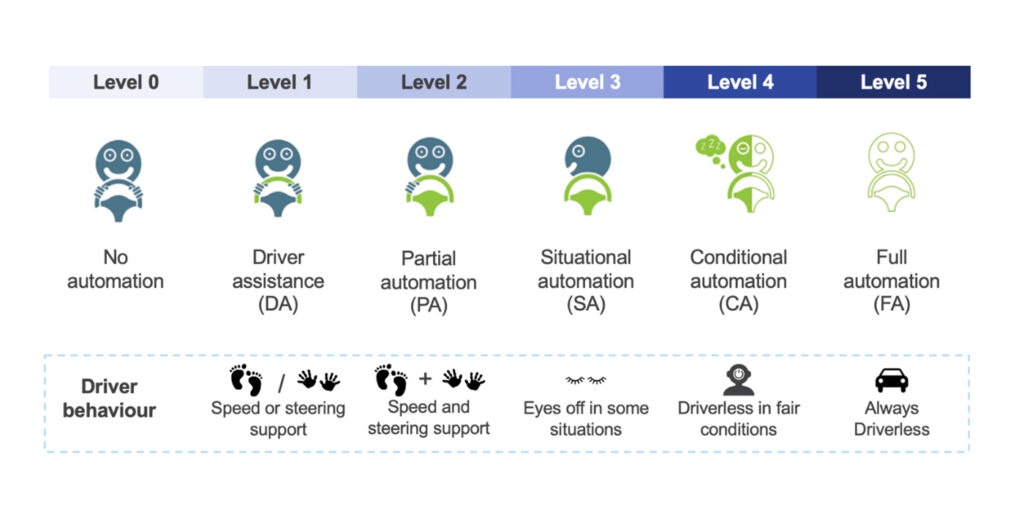
Level 1 vehicles simply need to automate one part of driving, such as maintaining a set speed which can be achieved with cruise control. Level 2 vehicles must be able to assist with two aspects of driving, this is typically satisfied with adaptive cruise control and lane-keep assist systems.
Tesla Autopilot is actually only a level 2 system; in other words, it is not a self-driving car, and a human always needs to pay attention to the road. The problem for Tesla, IDTechEx says, is that its system has been “catastrophically over-marketed and oversold.”
The group says Musk has been talking about the “Full Self Driving” upgrade on Tesla vehicles since 2018, and with multiple revisions, upgrades and hype cycles since then, the group believes some confused customers will think they have bought a self-driving autonomous vehicle when they haven’t.
Another part of the problem is in Tesla’s camera-only sensor suite. While other manufacturers rely heavily on cameras, radars and LiDARs, Tesla is pursuing a camera-only approach and has even gone as far as removing the radar from Model 3 and Model Y vehicles (as of May 2021).
The justification is that humans can drive with their eyes: the same information a camera suite can capture. Therefore, a car will be able to drive with cameras alone. A camera suite also has better potential than a human driver as it provides a greater perspective around the vehicle, and thermal cameras can do a better job at night.
The problem is cameras do not have the same capabilities as radar. Although cameras can infer range and velocity through AI, radars can measure this information intrinsically and are almost completely unaffected by poor weather, darkness and direct sunlight, which are present challenges for a camera.
Tesla can certainly exceed human driving performance with a camera-only suite, but IDTechEx believes they have limited their potential by disregarding radar and have put themselves at a competitive disadvantage. Other manufacturers will also be bringing LiDAR into their ADAS sensor suites, which have some benefits over radar, but also some drawbacks.
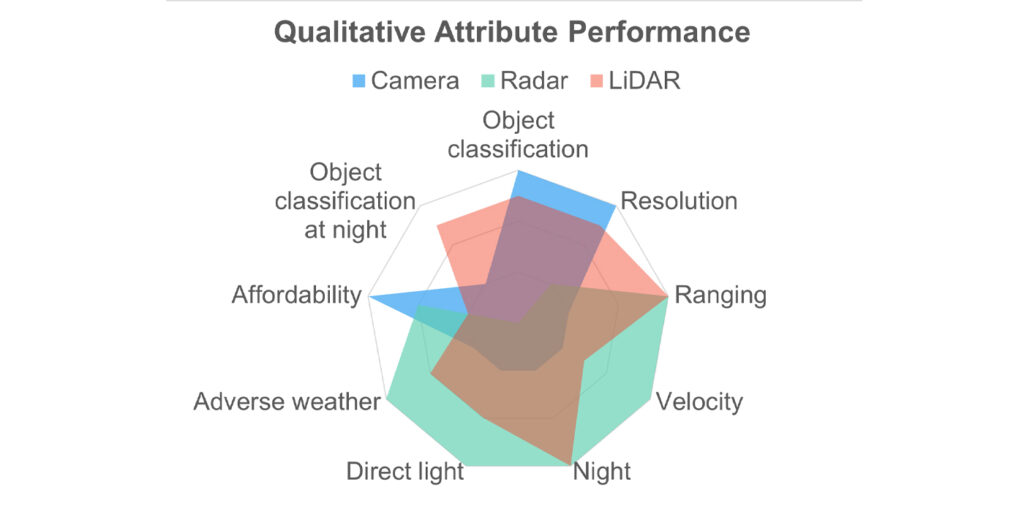
Radars and LiDARs can become very important at night when the camera systems are performing far below their peak potential. This is crucial for ADAS systems as most pedestrian fatalities happen at night. The NHTSA also noted that most of the incidents they are investigating involving Tesla’s autopilot systems happened in darker conditions.
IDTechEx says Tesla Autopilot and FSD are not bad systems; they are among the best ADAS systems on the market. It is unlikely that the U.S. government and the NHTSA will find anything untoward or dangerous within these systems. Instead, the group says, the problem lies entirely with a dangerous misinterpretation of the system’s capabilities.
For more information on this report, click here.


